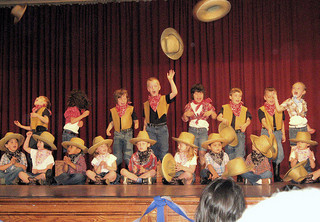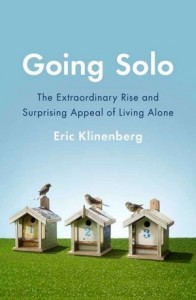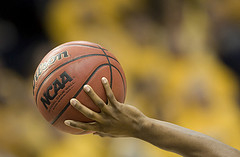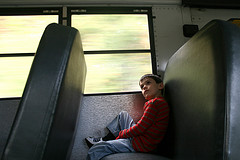
We are pleased to announce the winner of the January 2013 TSP Media Award for Measured Social Science:
“US media helped anti-Muslim bodies gain influence, distort Islam,” Liat Clark, Wired UK
In an engaging piece jumping off of recently published sociological analysis of post-9/11 rhetoric in the United States, Clark wrote:
A study published by a sociologist has revealed that fear-mongering non-governmental anti-Muslim organisations have been heavily influencing US media since 9/11, their messages seeping into news articles and television reporting and drawing their ethos from the fringes, straight into the mainstream.
What’s perhaps most troubling about the results is how these minor groups, which would ordinarily receive little or no air time, have gained an element of respect that has led to them receiving more funding and coupling with influential bodies. Their influence is such that they have even been able to paint mainstream Muslim organisations as radical, says the study.
By going on to further explore Christopher Bail’s article and bring in commentary from sociologist Penny Edgell about her work on American responses to atheism, Clark shows a broad, but intricate, journalistic approach—particularly notable since she’s writing about religion, but also, well, journalism.
Clark’s article has been written up as a Citing by our own Andrew Wiebe, but is well worth a thorough read.
As we say often, the choice of each month’s TSP Media Award is neither scientific nor exhaustive, but we do work hard to winnow our favorite nominees. And, while we don’t have the deep pocketbooks to offer enormous trophies or cash prizes, we hope our informal award offers cheer and encouragement for journalists and social scientists to keep up the important (if not always rewarding) work of bringing academic knowledge to the broader public.









